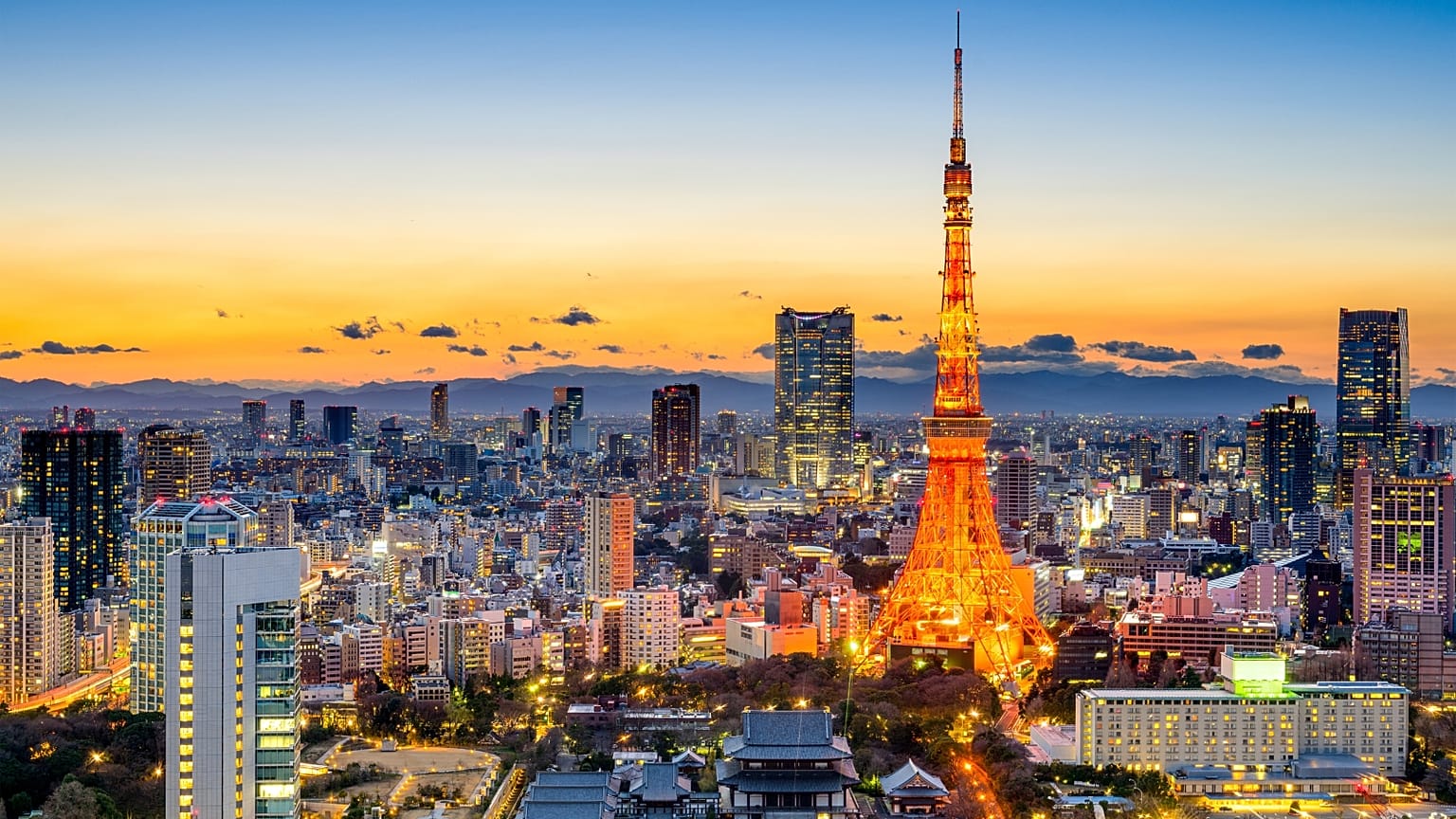A century on from a devastating natural disaster, Tokyo has embraced seismic safety technology. But can its buildings withstand future earthquakes?
Japan's capital Tokyo looks nothing like it did 100 years ago when the Great Kanto Earthquake left the city in ruins.
The 7.9-magnitude quake killed 105,000 people with the city, once largely made up of wooden houses, needing to be extensively rebuilt.
A century later, Tokyo now boasts a skyline of glass and steel skyscrapers designed with earthquakes in mind.
Toranomon Hills Mori Tower, standing at 247 m tall in the affluent Roppongi area, is just one of these buildings that have been reinforced with seismic safety technology .
The 54-storey building, which is home to luxury apartments, shops and the offices of some of the world’s most renowned brands such as Goldman Sachs, Google and the Pokémon Company, boasts state-of-the-art seismic anti-vibration systems to control movement during tremors.
According to the building’s architect, Kai Toyama, three different types of shock absorbing technology are used in this building, totalling 516 oil dampers, each of which comprise a thick cylinder 1.7 m long.
Each of them works to maintain the building’s balance and strength in the event of an earthquake.
The oil dampers stretch and shrink repeatedly and transform the energy of the quake into heat and release it when the building quakes.
Emergency supplies
In 2011, the East Japan Great Earthquake caused traffic in Roppongi, stranding visitors and employees at Mori Tower at that time.
"Since that time, we have been prepared to accommodate people who are trapped in the city and cannot go home," said the senior manager at Mori Building’s disaster emergency office, Takashi Hosoda.
The emergency supply room is full of stacks of boxes containing vital supplies in case of another major incident.
"Here we have stocks of sanitary products for women, here we have canned tuna, crackers and aluminium blankets called rescue sheets," Hosoda said.
In Japan, many people stock emergency supplies at home, as do businesses and local governments.
Some 400 warehouses are used by local authorities in Tokyo to stockpile 9.5 million instant meals comprising rice, noodles and biscuits as of April 2023.
Community preparations for earthquakes
There are still traditional wooden houses in Tokyo, and some are concerned about these remaining wooden houses in the downtown areas.
"Many buildings in Tokyo are now more resistant to earthquakes compared with 100 years ago. But still, it is worrying," said a visitor to a photo exhibition about the Great Kanto Earthquake, Hajime Nakamura.
Arakawa ward is one of them, with 60 per cent of the ward known as the wooden house concentration area. Many old houses remain without being rebuilt or reinforced to withstand tremors.
Local authorities resort instead to a variety of measures to "improve the situation of such an area".
In the Arakawa ward, emergency wells and containers of water reserve are commonly seen in case of fire. Some benches are used as containers to store emergency tools inside.
"The foremost objective is to make the town, the buildings in the town, more resistant to fire, to make them stronger and not destroyed easily. The second objective is to widen the streets where people evacuate," said an Arakawa Ward official, Hironori Murayama.
Tokyo still vulnerable to natural disasters
Some experts say despite all these efforts, Tokyo remains vulnerable to earthquakes, and even more to other natural disasters such as floods.
In a recent press conference, the seismologist Masayuki Takemura lamented the post-war rebuilding of Tokyo was "anarchic" and "prioritised economic development and not the construction of a resilient city".
He also pointed to an "excessive concentration of skyscrapers" and the construction of residential areas on artificial islands, increasing their risk of isolation in the event of a natural disaster.
Japan is prone to earthquakes due to its geography along the active Pacific Ring of Fire, where multiple tectonic plates converge and interact.
Experts say there is a 70 per cent chance of a major earthquake hitting Tokyo within the next 30 years.
For more on this story, watch the video in the media player above.


















